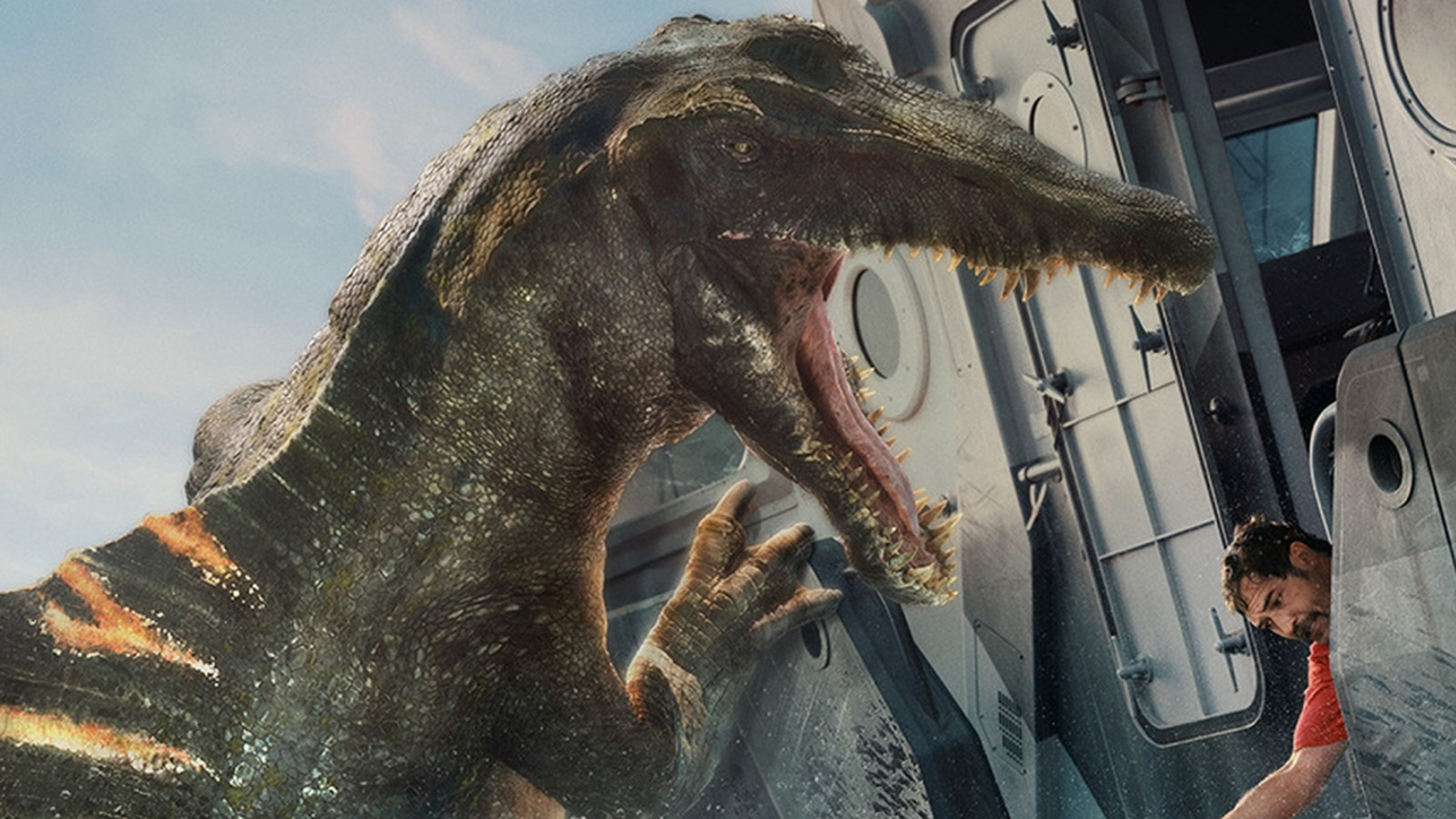By Ryan Scott
As for the director’s explanation? There’s a lot to examine there. I’m not a filmmaker, so I can’t speak to how often practical effects don’t work out. What I do know for sure is that this movie seemed to come together very quickly. It wasn’t even announced that “Jurassic Park” screenwriter David Koepp was coming back to pen this movie until January 2024. An 18-month turnaround time for a blockbuster of this size is very short.
More than anything, it seems like that time crunch prevented Edwards and the rest of the filmmakers from being able to rely on animatronics. These things take lots of time to build, and they can be tricky. The T-rex in “Jurassic Park” famously kept breaking because of the rain during its most important scene. Spielberg had to work around that, but the end result is perhaps one of the most thrilling scenes in the history of popular cinema.
Alas, Universal wanted this movie to happen quickly in order to meet this summer 2025 release date. That’s the nature of the business sometimes — it’s just as much about commerce as it is about the art of filmmaking. In this case, Edwards and his team had to do what made sense on a shorter timeline and that meant relying much more on CGI. The Spinosaurus from “Jurassic Park III” may be one of the greatest animatronics in the history of the series, but here? The Spinos are all CGI creatures, and one would be hard-pressed to say they look as good.
Unfortunately, that’s something the audience can feel. Just to put my cards on the table, I did like “Rebirth” a whole lot more than “Fallen Kingdom” or “Dominion,” but by far the best moments in those movies involve practical creature effects. Granted, practical puppets alone can’t fully redeem a movie, but one can’t help but wonder how much this movie might have benefited from some of those practical touches that improved every other film in the history of this franchise.
“Jurassic World Rebirth” is in theaters now.
